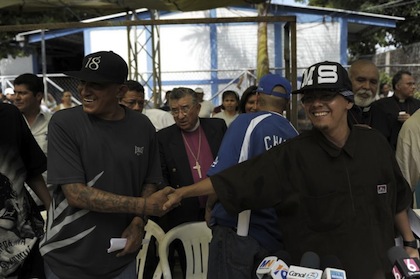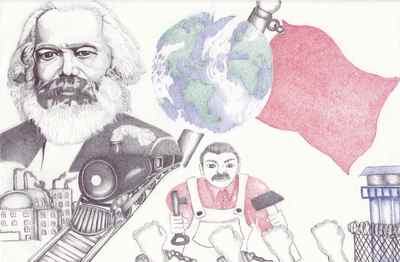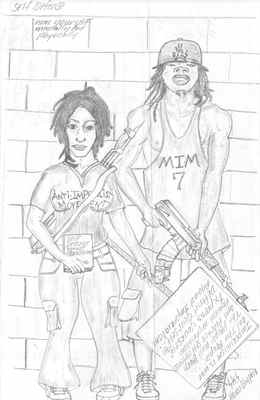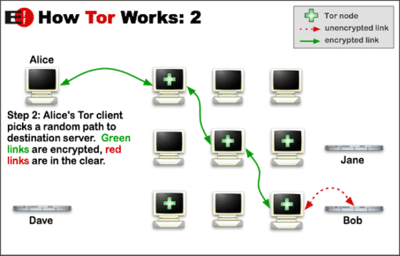
Education in Texas, a Scandalous Affair
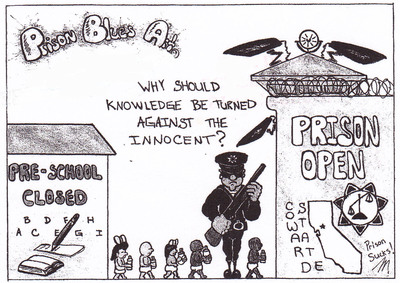
For the past 3 months a common front page headline article in the El Paso Times has been associated with a cheating scandal involving El Paso Independent School District (EPISD) “trustees” and various school officials and administrators. In truth, this scandal and scam has been marinating for years, not months. There is concrete evidence which shows TEA was aware that something was not right in El Paso but for whatever reason whether it be cronyism, nepotism, or a hidden political agenda, the scandal was kept quiet.
However, when the Department of Education and the Department of inJustice, represented by the FBI, got involved, a shocking scheme was revealed. EPISD educators and administrators were trying to game the federal accountability system by “disappearing” certain students who did not perform well academically and didn’t score well on certain standardized tests. In some cases, EPISD administrators not only kicked poor performing students out of school, they did not offer them an alternative. Further, it was discovered that these crooked “trustees” would sic ICE agents on the predominantly Latino children, not just kicking them out of school, but deporting them out of the country! This ensured that they would not be around to tell it!
I mentioned that there might be a hidden political agenda at work here and there is. In 2011, during the Texas state legislative session, Texas lawmakers decided to cut $5.8 billion dollars from the public school budget. These budget cuts placed many school districts that serve minorities in dire straits; they just did not have the financial resources to teach the children or pay quality teachers. During this time Governor Rick Perry was eyeing a bid for the Republican Presidential nomination and in his best imperialist oppressor moment, he refused to accept any federal government stimulus money or allow Texas independent school districts to compete for money in a new initiative called Race to the Top. Perry outright lied to the media and said Texas educators don’t need any federal money to educate children in Texas. The Federal government changed requirements and regulations for Race to the Top funds and allowed independent school districts to apply themselves for federal money instead of relying on racist, crooked-ass politicians like Governor Rick Perry to represent them. As a result of the rule change, Texas led all states in the United $nakes in applications for federal money geared toward education. Looks like old redneck Rick is out of touch with what his constituents really want and need. Or is he?
While Governor Rick Perry is fully aware of the lumpen’s need for a quality education, it is not his intent to provide quality education for the lumpen under class. Better education would derail Texas’s pathway-to-prison strategy. Do you really believe that Black and Latino men and wimmin have the market cornered on criminal behavior? Comrades, so many times it is our social and economic conditions that lead us to the penitentiary. MIM theorists have been telling us this for years!
In 1793 political scholar William Godwin criticized the whole idea of a national education system. He states in his inquiry concerning political justice that: “the project of a national education ought uniformly to be discouraged on account of its obvious alliance with national government. Government will not fail to employ it (education) to strengthen its hand and perpetuate its institutions…Their view as instigator of a system of education will not fail to be analogous to their views in their political capacity…”
We have taken a quantum leap here. We are not just talking about the flawed system of mis-education in El Paso or Texas as a whole. I am telling you that there is a serious flaw in the national education system in the United $nakes and this should be enough to convince a comrade to study Maoism seriously.
But I’m not done with redneck Rick yet. I want to reveal a couple more facts about what he has got cooking in Texas. Comrades, with a prison system that is overflowing with Blacks and Latinos, what particular slot is redneck Rick trying to get the poor lumpen underclass to fill? Moreover, what particular slot is this pig’s poor education system trying to get them to accept?
Recently, 600 independent school districts in Texas took the State government to court stating they were not being given adequate funding to educate children, and that this neglect by the State amounted to a serious violation of the U.S. Constitution. The court ruled in favor of the school districts! Furthermore, it was found that Texas’s inability to provide adequate funding for schools was unconstitutional.
Governor Rick Perry has recently been making trips to California attempting to lure businesses to Texas citing Texas’s low tax rates and easy-going regulations for large corporations. Nevertheless, Perry ignores the cries of the lumpen for adequate funding for education. His actions speak volumes: “My allegiance is to the imperialist corporations, I could care less about educating the lumpen under class, they might wake up to my real agenda!” I suspect these are the thoughts of Governor Perry.
Today, February 22, 2013, activists from Houston, TX prepare to travel to Austin, Texas, the state capitol, in order to lobby and protest in reference to the $5.8 billion that was cut from education in 2011. The battle cry for the lumpen in Texas seems to be “If you don’t fight for what you want you deserve what you get!” As the great James Brown would say “Say it Loud, I’m Black and I’m Proud!”
MIM(Prisons) responds: As we reported in an article in Under Lock & Key 30 on national oppression in education, on average, Black and Latino high school seniors perform math and read at the same level as 13-year-old white students. Money available for school districts with a majority of the students from oppressed nations is far less than what is available for white school districts, and segregation is on the rise again in Amerikan schools. So we are not surprised to see this story about Texas denying money and education to oppressed nation children. The court decisions in these cases have gone back and forth, and we can’t count on them to rectify the problem.
While the differences in funding between schools based on national composition is damning, this is just a symptom of the problem. The campaign to increase school funding is dominated by the petty bourgeois labor unions who utilize oppressed nation children in their campaign for higher pay. As this prisoner points out, the schools will still be run by the government and deliver the education they want. This will not address the needs of the oppressed or create anti-imperialist change. We need to use the school situation as a tool to educate youth about national oppression and the need to join the fight against imperialism. Just as we run independent study programs for prisoners across the United $tates, the youth need independent education programs that teach them what they need to know to create a better world.
Related Articles:This article referenced in:





 Alabama
Alabama
 Alaska
Alaska
 Arizona
Arizona
 Arkansas
Arkansas
 Army Post
Army Post
 California
California
 Colorado
Colorado
 Connecticut
Connecticut
 Delaware
Delaware
 District of Columbia
District of Columbia
 Federal
Federal
 Florida
Florida
 Georgia
Georgia
 Guam
Guam
 Hawaii
Hawaii
 Idaho
Idaho
 Illinois
Illinois
 Indiana
Indiana
 Iowa
Iowa
 Kansas
Kansas
 Kentucky
Kentucky
 Louisiana
Louisiana
 Maine
Maine
 Maryland
Maryland
 Massachusetts
Massachusetts
 Michigan
Michigan
 Minnesota
Minnesota
 Mississippi
Mississippi
 Missouri
Missouri
 Montana
Montana
 Nebraska
Nebraska
 Nevada
Nevada
 New Hampshire
New Hampshire
 New Jersey
New Jersey
 New Mexico
New Mexico
 New York
New York
 North Carolina
North Carolina
 North Dakota
North Dakota
 Ohio
Ohio
 Oklahoma
Oklahoma
 Oregon
Oregon
 Pennsylvania
Pennsylvania
 Puerto Rico
Puerto Rico
 Rhode Island
Rhode Island
 South Carolina
South Carolina
 South Dakota
South Dakota
 Tennessee
Tennessee
 Texas
Texas
 Utah
Utah
 Vermont
Vermont
 Virginia
Virginia
 Washington
Washington
 West Virginia
West Virginia
 Wisconsin
Wisconsin
 Wyoming
Wyoming


